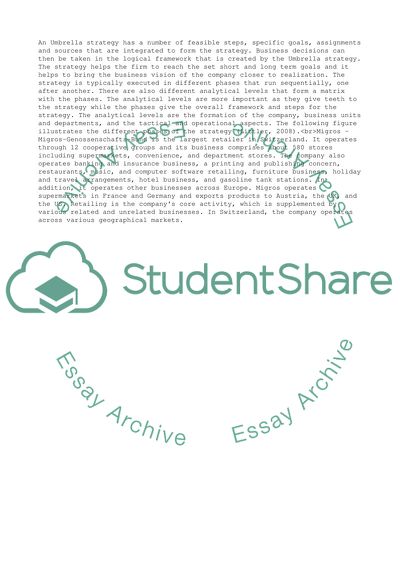Cite this document
(Retail Management in Business Expansion Research Paper - 1, n.d.)
Retail Management in Business Expansion Research Paper - 1. Retrieved from https://studentshare.org/business/1725023-retail-management
Retail Management in Business Expansion Research Paper - 1. Retrieved from https://studentshare.org/business/1725023-retail-management
(Retail Management in Business Expansion Research Paper - 1)
Retail Management in Business Expansion Research Paper - 1. https://studentshare.org/business/1725023-retail-management.
Retail Management in Business Expansion Research Paper - 1. https://studentshare.org/business/1725023-retail-management.
“Retail Management in Business Expansion Research Paper - 1”, n.d. https://studentshare.org/business/1725023-retail-management.


